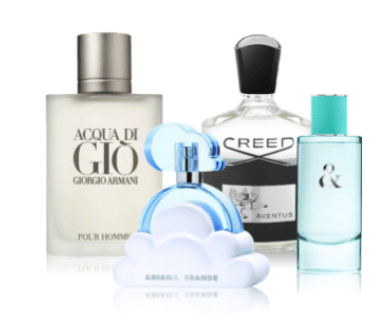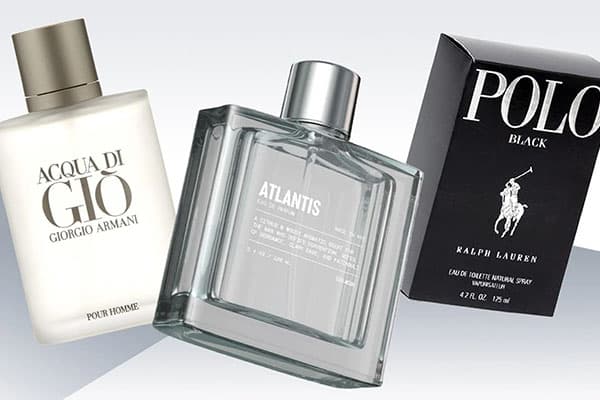Understanding Which Perfume To Buy
It was straightforward to spray perfume, let it sit, and then smell it. You purchased the bottle if you enjoyed the aroma after letting it absorb into your skin. However, with the proliferation of direct-to-consumer businesses and the abundance of options available in beauty stores today, understanding scent base notes can help you choose the ideal perfume even if you cannot test it. Perfume Sample has the best collection of iconic and stunning perfumes for you to choose from. However, we also believe that it is important to know which perfume would suit your needs the most.
Three-note scales that serve their principal function and are typically pictured as a three-layer pyramid separate the perfume notes. The highest volatility, or faster evaporation, is found in the notes at the top of the pyramid. The longer it lasts, surely the more it will go down. To provide a thorough understanding of the components that make up perfume notes. Let’s examine each one in turn.
Prime Notes
Top notes are the first notes that make up a fragrance’s top layer. Simply described, top notes are the aromas you will detect immediately after applying perfume. The top note is the lightest of all the pitches, and as a result, it fades first. However, they significantly impact the initial odors that might draw you in and shape your perception of the fragrance.
The primary objective of top notes, aside from creating an initial impression, is to emit a scent before seamlessly advancing into the following phase of the fragrance. Overall, the top notes, which contain well-known components like lemon, orange, bergamot, lavender, rose, and basil, dissipate more quickly than the rest, lasting for the first five to fifteen minutes.
Try our perfume samples and cologne samples
Coronary Notes
Heart notes sometimes referred to as the middle notes, make up the fragrance’s heart, which embodies the essence of the scent. They serve the dual purpose of preserving part of the top notes’ aroma while also releasing new smells. This layer is the base for all fragrances because they make up 40 and 80 percent of the overall aroma.
Once the top notes start to disappear, the heart notes begin to emerge. They are present for the fragrance duration because they act as a buffer for the base notes, which may not smell as good on their own. Heart notes typically contain components like jasmine, geranium, ylang-ylang, cinnamon, lemon grass, and cardamom, lasting for 20 to 60 minutes.
Bottom Notes
The so-called base notes are located at the base of the fragrance pyramid. Once the top notes have fully vanished, the base sounds will begin to emerge. Contrary to top notes, which influence the wearer’s first impression, base notes establish the wearer’s final, enduring impression. Base notes are frequently quite weighty, rich, and enduring. Base notes contribute between 10 and 25 percent of the whole scent, and because they saturate your skin, they can linger for up to six hours or more. Cedarwood, sandalwood, vanilla, patchouli, and musk are some of the typical base notes.
From this, we learn that smell notes greatly influence a perfume’s attraction. Each fragrance can contain an unlimited number of elements. However, each note typically combines at least three. Each note’s distinct combinations are what give each perfume its own character. A perfume wouldn’t smell as good without fusing these various components.





